Overview
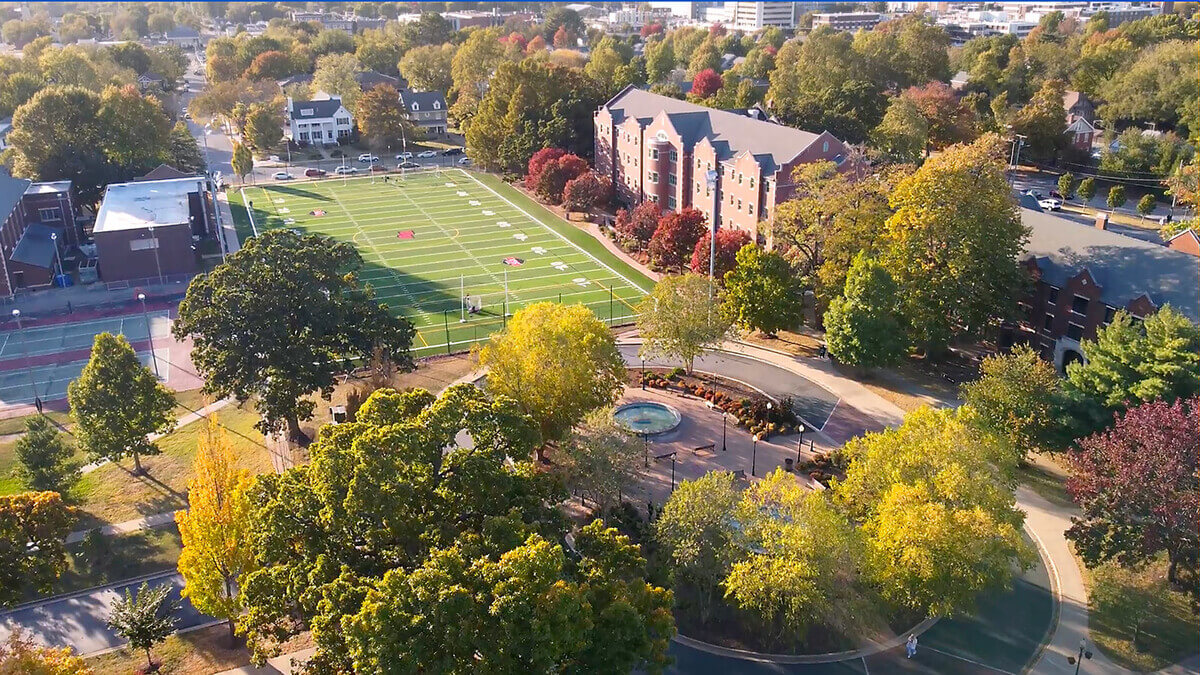
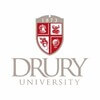

Drury University
Springfield, MO, USA
Private
4 Year
Overview
Originally established in 1873 as Springfield College, Drury University is a liberal arts college based in southwest Missouri. DU is home to the Your Drury Fusion academic program combining professionally-oriented majors with concentrations in purely academic subjects. In addition, every DU academic program features hands-on experiences through internships and independent projects as well as mentorship through the Robert and Mary Cox Compass Center. For recreation, the DU campus location near the Ozark Mountains provides opportunities for hiking and climbing and several classes utilize the Ozarks as a laboratory.
Acceptance Rate:
63%
Average Net Price:
$19,190
Campus Setting:
Small city
Average GPA
3.8
Average ACT Composite
25
Average SAT Composite
1210
Tuition, Cost & Aid
Affordability & Cost
Average Net Price
$19,190
Discover how military service can help you pay for college
Explore Military PathwaysTuition
| In-State Tuition In-state tuition is the tuition charged by institutions to those students who meet the state's or institution's residency requirements. In-district tuition is the tuition charged by the institution to those students residing in the locality in which they attend school and may be a lower rate than in-state tuition if offered by the institution. | $35,235 |
| Out-of-State Tuition Out-of-state tuition is the tuition charged by institutions to those students who do not meet the state’s or institution’s residency requirements. Out-of-district tuition is the tuition charged by the institution to those students not residing in the locality in which they attend school. | $35,235 |
Additional Costs
Room and Board The weighted average for room and board and other expenses is generated as follows:
| $10,486 |
| Books and Supplies | $1200 |
Average Net Price By Family Income
Income
Average Amount
< $30k
$17,565
$30k - $48k
$17,931
$48k - $75k
$19,180
$75k - $110k
$20,280
$110k+
$21,864
Financial Aid: visit page
Financial Aid Email: [email protected]
Aid & Grants
0
100
78%
Need Met
Students Receiving Gift Aid Percent of undergraduate students awarded federal gift aid. Federal gift aid includes any grant or scholarship aid awarded, from the federal government, a state or local government, the institution, and other sources known by the institution. Students Receiving Grants Percent of undergraduate students awarded grant aid. Grant aid includes any grant or scholarship aid awarded, from the federal government, a state or local government, the institution, and other sources known by the institution.
29%
Average Aid Per Year
$24,535
29%
Average Federal Grant Aid Per Year
$5,314
Average Institution Grant Aid Per Year
$22,463
Students receiving state aid Students receiving federal aid
28%
Average State Grant Aid Per Year
$2554
25%
Average Federal Grant Aid Per Year
$5,314
Average Grant & Scholarship By Family Income
Income
Average Amount
< $30k
$31,804
$30k - $48k
$29,668
$48k - $75k
$27,089
$75k - $110k
$24,378
$110k+
$20,223
Total Needs Based Scholarships/Grants Total amount of grant or scholarship aid awarded to all undergraduates from the federal government, state/local government, the institution, and other sources known to the institution.
$19,215,962
Total Non-Need-Based Scholarships/Grants
$9,952,682
Student Loans
Students Borrowing Loans Loans to students - Any monies that must be repaid to the lending institution for which the student is the designated borrower. Includes all Title IV subsidized and unsubsidized loans and all institutionally- and privately-sponsored loans. Does not include PLUS and other loans made directly to parents.
52%
Average Loan Amount Per Year
$8,310
Average Debt at Graduation The median federal debt of undergraduate borrowers who graduated. This figure includes only federal loans; it excludes private student loans and Parent PLUS loans.
$13,275
Median Monthly Loan Payment The median monthly loan payment for student borrowers who completed, if it were repaid over 10 years at a 5.05% interest rate.
$200
Students receiving federal loans
52%
Average Federal Loans Per Year
$5,266
Average Other Loans Per Year
$11,555
Admissions
Key Admissions Stats
Institution Type
Private
- Not for Profit
- Christian Church (Disciples of Christ)
- Coed
Need Aware
This school may consider an applicant’s financial situation when deciding admission
Level of Institution
4 Year
Campus Setting
Small city
2382
Students Applied
61%
Transfer Acceptance Rate
84
Transfer Students Admitted
Admissions Requirements
SAT
No
ACT
No
Transcript
No
Test Optional
Yes
SAT Subject Tests
Yes
AP Course Credit
Yes
Dual Enrollment
Yes
Important Deadlines
| Application Type | Application Deadline | Reply Deadline |
|---|---|---|
| Fall Regular Decision | August 15 | June 1 |
Admitted Student Stats
In-State Students
69%
Out-Of-State Students
24%
68%
Submitting ACT
4%
Submitting SAT
Average ACT Composite: 25
0
36
Average SAT Composite: 1210
0
1600
SAT Percentiles
Math
25th
560
75th
660
Reading
25th
590
75th
700
3.8
Average GPA
Students Enrolled By Class Rank
Top 10%
28
Top 25%
60
Top 50%
89
Admissions Resources
For Students with Disabilities: visit page
For Veteran Services: visit page
Academics
Key Academic Stats
Highest Degree Offered
Master's
Total Number of Students
1,595
Total Number of Undergrads
1,375
0
100
41%
Graduate in 4 Years US National: 28%
0
100
54%
Graduate in 6 Years US National: 52%
Student:Faculty Ratio
12:1
US National: 21:1Non Traditional Learning
- Online Classes
- Online Undergrad Degrees
- Summer Sessions
- Combined Institution Double Degree Programs
- Some Programs Requires Co-Op/Internship
Learning Options
- Study Abroad
- Honors Program
- Teacher Certification Offered
Classroom Sizes
2-19 Students
57%
20-39 Students
40%
40-99 Students
2%
Degrees and Majors
MAJORS
75
Majors
| A B M D | |
|---|---|
| ARCHITECTURE AND RELATED SERVICES | |
| BIOLOGICAL AND BIOMEDICAL SCIENCES | |
| BUSINESS, MANAGEMENT, MARKETING, AND RELATED SUPPORT SERVICES | |
| COMMUNICATION, JOURNALISM, AND RELATED PROGRAMS | |
| COMMUNICATIONS TECHNOLOGIES/TECHNICIANS AND SUPPORT SERVICES | |
| COMPUTER AND INFORMATION SCIENCES AND SUPPORT SERVICES | |
| EDUCATION | |
| ENGINEERING | |
| ENGLISH LANGUAGE AND LITERATURE/LETTERS | |
| FOREIGN LANGUAGES, LITERATURES, AND LINGUISTICS | |
| HEALTH PROFESSIONS AND RELATED PROGRAMS | |
| HISTORY | |
| MATHEMATICS AND STATISTICS | |
| MULTI/INTERDISCIPLINARY STUDIES | |
| NATURAL RESOURCES AND CONSERVATION | |
| PARKS, RECREATION, LEISURE, FITNESS, AND KINESIOLOGY | |
| PHILOSOPHY AND RELIGIOUS STUDIES | |
| PHYSICAL SCIENCES | |
| PSYCHOLOGY | |
| PUBLIC ADMINISTRATION AND SOCIAL SERVICE PROFESSIONS | |
| SOCIAL SCIENCES | |
| THEOLOGY AND RELIGIOUS VOCATIONS | |
| VISUAL AND PERFORMING ARTS |
Faculty Overview
Gender
Male
Female
US National: 42%
US National: 48%
Ethnicity
African American
White
Multi-Racial
Unknown
Campus Life
Key Campus Stats
Student Gender
Male
Female
46%
US National: 44%54%
US National: 56%Residency
In-State Students
69%
Out-Of-State Students
24%
Size of Town
Small city
US States Represented
47
Countries Represented
47
Ethnicity
African American
3%
Asian/Pacific Islander
3%
Hispanic
2%
Native American
2%
White
75%
Multiracial
3%
Unknown
6%
Percent of First Generation Students
41%
Student Organizations
77
LGBTQIA Student Resource Groups
No
On Campus Women's Center
No
Cultural Student Resource Groups
Yes
Housing
0
100
62%
Undergrads Living on Campus
On-campus living required of freshman
No
Disability Housing Available
No
0
100
64%
Freshman Living on Campus
Athletics
Divisional Sports Nickname
Panthers
School Colors
scarlet and gray
Varsity Athletics Association
NCAA
Varsity Athletics Conference Primary
Not applicable
Intramural Sports
18
Sports Club
18
Campus Safety
24-HR security patrol
Yes
Campus emergency phones
Yes
24-HR escort safety rides
Yes
Mobile campus emergency alert
No
After Graduation
Post Grad Stats
Average Salary
6 years after graduation
$36,200
Top 5 Employers
Sapp Design Associates
APEX Life Sciences
Springfield Public Schools
Mastercard
BRR Architecture
Average Debt at Graduation The median federal debt of undergraduate borrowers who graduated. This figure includes only federal loans; it excludes private student loans and Parent PLUS loans.
$13,275
Loan Default Rate
13%
National: 8%
Median Monthly Loan Payment The median monthly loan payment for student borrowers who completed, if it were repaid over 10 years at a 5.05% interest rate.
$200
REVIEWS
Read What Students Are SayingDrury University is a small, private, liberal arts college in the heart of the Midwest. The area is beautiful and provides the perfect environment for a great education. The staff and faculty are very helpful and truly care about the education and success of their students.
Brianna from Springfield, MO
Drury has a spectacular, comfortable campus and a wonderful atmosphere to go with it. Because it is a smaller campus the focus is on the students as individuals first. Best of all, this campus strives to involve students throughout the community.
Ayla from Ironton, MO
Drury University is an outstanding education for a very reasonable price. Drury remains rated 11th Best Midwest Universities by U.S. News and World Report and was named one of the nation's 50 Best Value private colleges in 2010 by the Princeton Review. Not to mention last year alone, Drury students were awarded $9.1 million in scholarships and grants.
Gail from Sioux Falls, SD
drury is a very historic looking school with a new age look on education. the food is actually pretty good most of the time. the staff are all very friendly.
Katelyn from Verona, MO
Similar Colleges
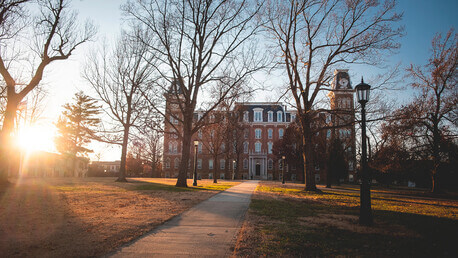 Fayetteville, AR
Fayetteville, AR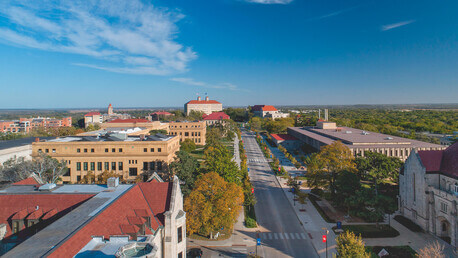 Lawrence, KS
Lawrence, KS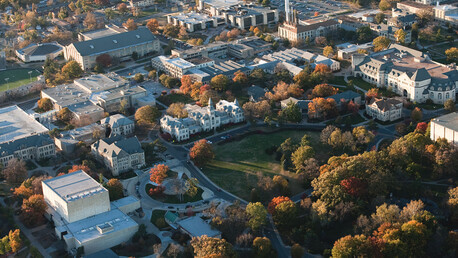 Manhattan, KS
Manhattan, KS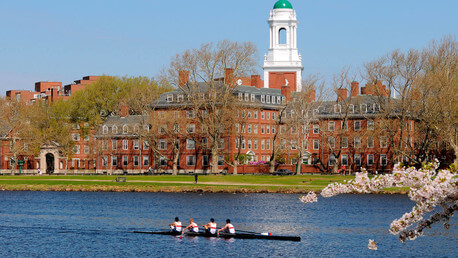 Cambridge, MA
Cambridge, MA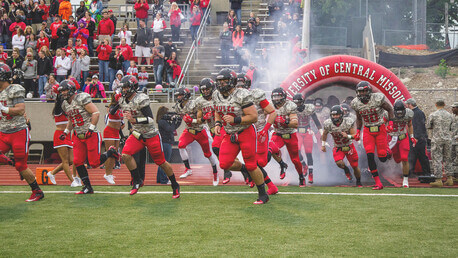 Warrensburg, MO
Warrensburg, MO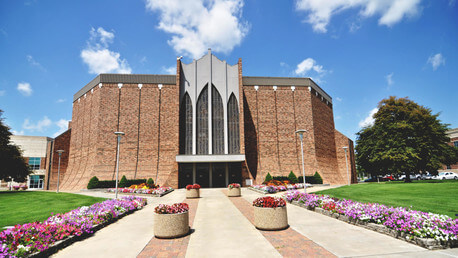 Springfield, MO
Springfield, MO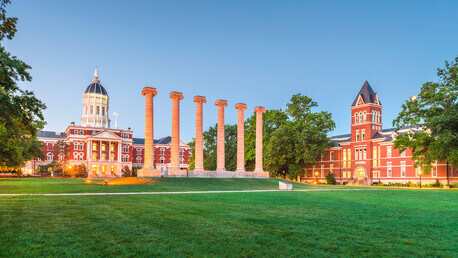 Columbia, MO
Columbia, MO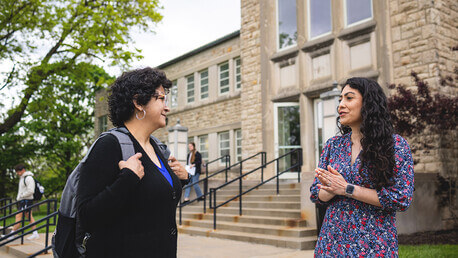 Kansas City, MO
Kansas City, MO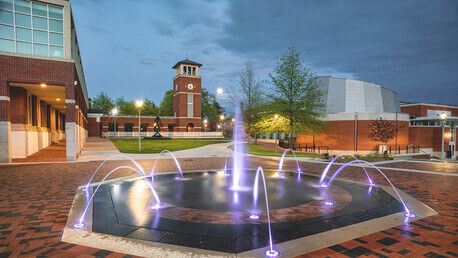 Kirksville, MO
Kirksville, MO Point Lookout, MO
Point Lookout, MO- Springfield, MO
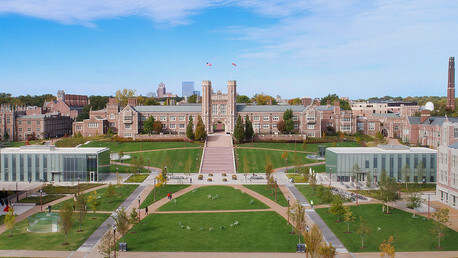 Saint Louis, MO
Saint Louis, MO
See All
Drury University